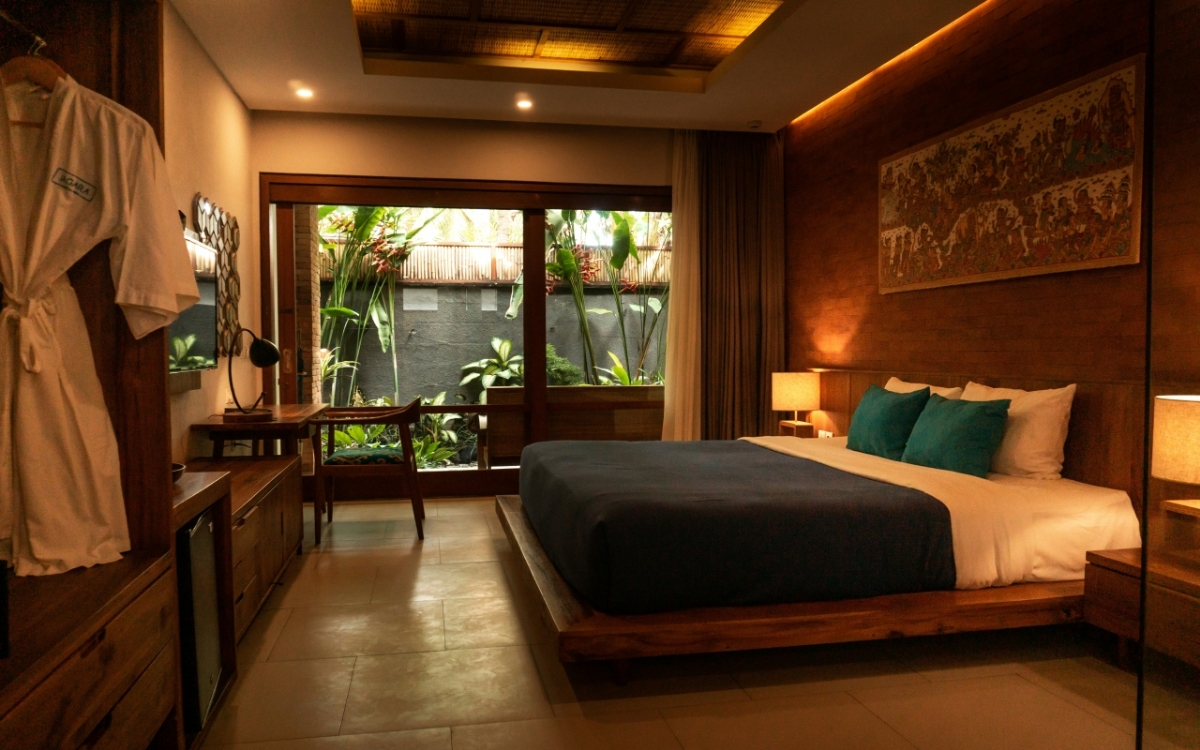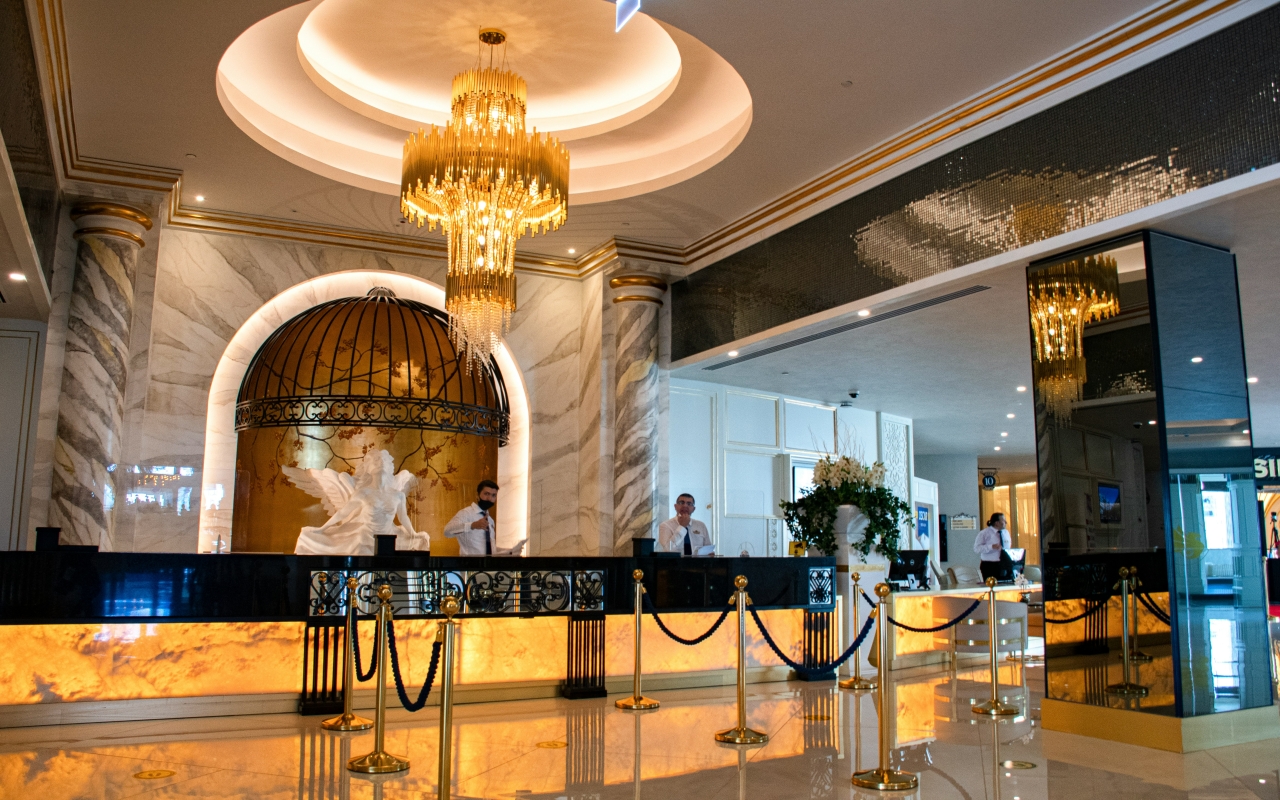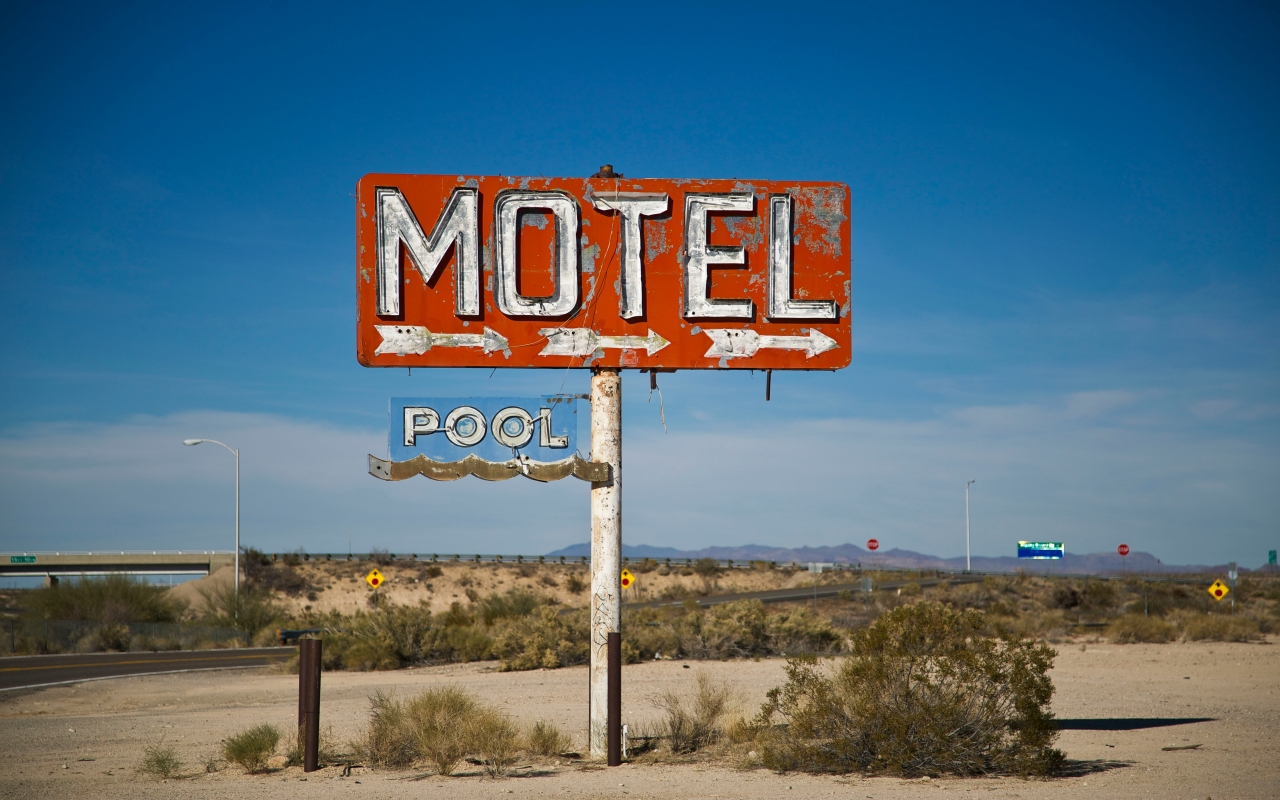What is the Difference Between a Motel and a Hotel?

It can be simple to distinguish between most overnight accommodations based on the building's location, layout, amenities and price, but some values blur the lines between these basic differences.
Read on to learn more about the motel and hotel confusion so you know what to expect when booking your accommodation.
Location
Hotels have been a staple for travelers to urban areas since the 1500s. Many of the world's most prestigious hotels remain in the same historic buildings where they were established generations ago.
On the other hand, the word "motel" is relatively new; it originated in the 1920s with the proliferation of automobiles and the growing tendency for families to travel by road.
An ordinary biker hotel offered a budget-friendly option for weary road warriors who needed accommodation in rural areas. This need was met with motels popping up along highways and expressways, bisecting remote rural areas located near popular attractions.
That's not to say it's impossible to find a one-star hotel in middle America, but if you're off the beaten path, you'll likely encounter more motels than hotels on your journey.
Building Layout
The most noticeable difference between a hotel and a motel is the size and layout of the building. 
Hotels are typically designed for a larger building footprint with multiple floors that can house a variety of room types. Room options start with a one-bed studio layout and can peak with upstairs penthouse suites with multiple rooms, private kitchens and entertainment areas.
Larger hotels allow guests to check in at a central lobby and use elevators and interior corridors to navigate the building between rooms and amenities. A smaller, family-run boutique hotel can mimic this model, but will not have to follow the luxury five-star hotel blueprint of its corporate competitors.
Many motels tend to adopt a simpler design with fewer floors and exterior entrance doors facing the parking lot instead of an interior hallway. Rooms are typically closer together and with no-frills room layouts, there is less privacy between your family and other travelers.
Most Motels Offer Fewer Amenities
One of the most obvious differences between hotels and motels is the amount of amenities offered to guests. Even a boutique hotel or bed-and-breakfast will offer more perks than motels, but this is due to different business models.
While motels offer basic amenities and short-stay options for customers on the go, hotel customers expect a memorable experience when they stay. Hotel chains can set themselves apart by their sheer size alone, providing guests with easy access to a wide range of amenities such as fitness centers, swimming pools, conference rooms, restaurants and pet-friendly rooms.
Fitness Centers
Hotels often offer fitness centers to provide health-conscious guests with the basics to break a sweat and stick to their exercise regimen during their stay.
A typical hotel fitness center may include treadmills, free weights, yoga mats and accessories. More extravagant fitness centers may offer resort-like amenities such as steam rooms, saunas and indoor swimming pools.
Swimming Pools
Swimming pools are one of the amenities that cause confusion in the hotel or motel debate. A nice motel may have an outdoor swimming pool or hot tub on par with what you find in budget hotels.
However, hotels tend to have indoor swimming pools due to their larger size, while smaller motels don't have the space for more amenities along these lines.
Conference Rooms
Conference rooms are a game-changer for hotels. Providing a space where business travelers can eat, drink, sleep and meet colleagues all under one roof, hotels are becoming the perfect place for congresses and large professional events.
Business travelers also need reliable high-speed Wi-Fi, which many motels may not provide.
Restaurants and Hotel Room Service
The key difference between a hotel and a motel is that many hotels offer restaurants to welcome their guests and provide them with a variety of dining options to ensure they are well fed during their stay. Guests can have a drink at the bar, relax in the intimate atmosphere of the dining room or order room service directly to their room.
The same hotels will often serve meals in the morning with a wide variety of free breakfast items and a la carte options.
Motel Rooms Are Usually Cheaper
Motels tend to attract budget-conscious travelers looking for accommodation during a long trip. A motel room is typically smaller to maximize space and provide adequate parking. It is easy to understand why most motel designs are dominated by parking and are typically located near major roads.
Since most motel guests will stay only one night, even on a family trip, there is less pressure to provide amenities other than adequate parking and a room with the basics, such as a standard mini-fridge, coffee maker, hair dryer, Wi-Fi and TV.
Offering fewer basic features allows motels to charge less, and their remote location results in lower operating costs than hotels in big cities. However, one of the worst kept hotel secrets is that you can often find cheaper rates through third-party sites than the hotel itself, so it pays to shop around.
Thanks for reading.








































